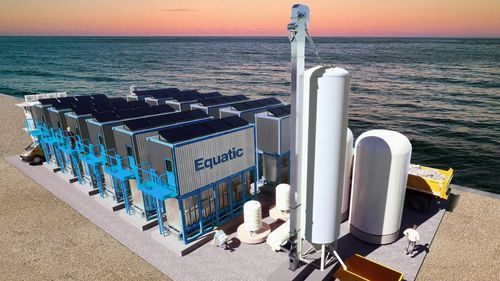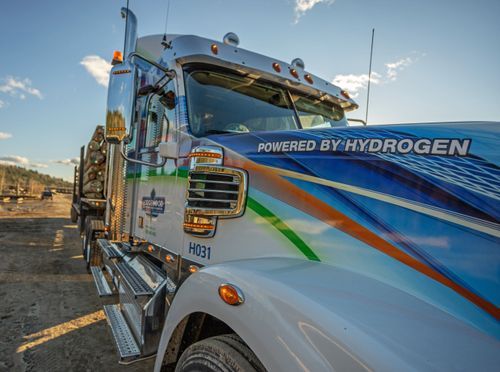JERA Co. Inc. (JERA) today announced the new growth strategy that integrates strategic business pillars and organizational edge, marking a realistic pathway towards 2035, and ultimately its 2050 zero emission goals.
JERA’s 2035 growth strategy is outlined in a presentation here.
Amidst complex and rapidly changing global energy dynamics, JERA’s new growth strategy ensures the agility and efficiency further solidifying its leadership in solving energy trilemma, achieving energy sustainability, affordability, and stability all at once, the firm said in a news release.
JERA strategically emphasizes three key business pillars: LNG, renewables, and hydrogen & ammonia—a sector pioneered by JERA. These three pillars bring complementary synergies instrumental in driving steady and reliable progress toward decarbonization.
JERA has set the following goals corresponding to the three business pillars by fiscal year 2035:
– LNG: JERA targets more than 35 million tons of transaction volume as one of the world’s largest LNG integrated value chain players.
– Renewables: JERA aims at 20 GW (gigawatts) of capacity becoming one of the industry leading renewables players.
– Hydrogen & Ammonia: JERA targets approximately 7 million tons of handling volume and aims to pioneer the global hydrogen & ammonia value chain.
JERA is also progressing toward creating zero emissions in thermal power generation and has set ambitious but realistic environmental targets. JERA is committed to reduce CO2 emissions intensity by 20% as of 2030, total CO2 emissions by 60% as of FY2035 before achieving zero CO2 emissions from its domestic and overseas operations as of 2050.
To achieve these targets, JERA will phase out inefficient coal-fired thermal power by FY2030. JERA also intends to convert 100% of the other coal-fired power generation to ammonia by 2040’s, and eliminate coal completely.
JERA’s effort is not limited to CO2 only. JERA has succeeded in reducing NOx and SOx emissions to the lowest level globally and aims to deliver further reductions through adoption of new technologies such as low-NOx burners, the company said.







